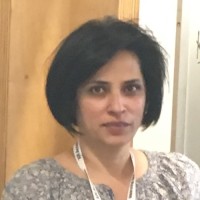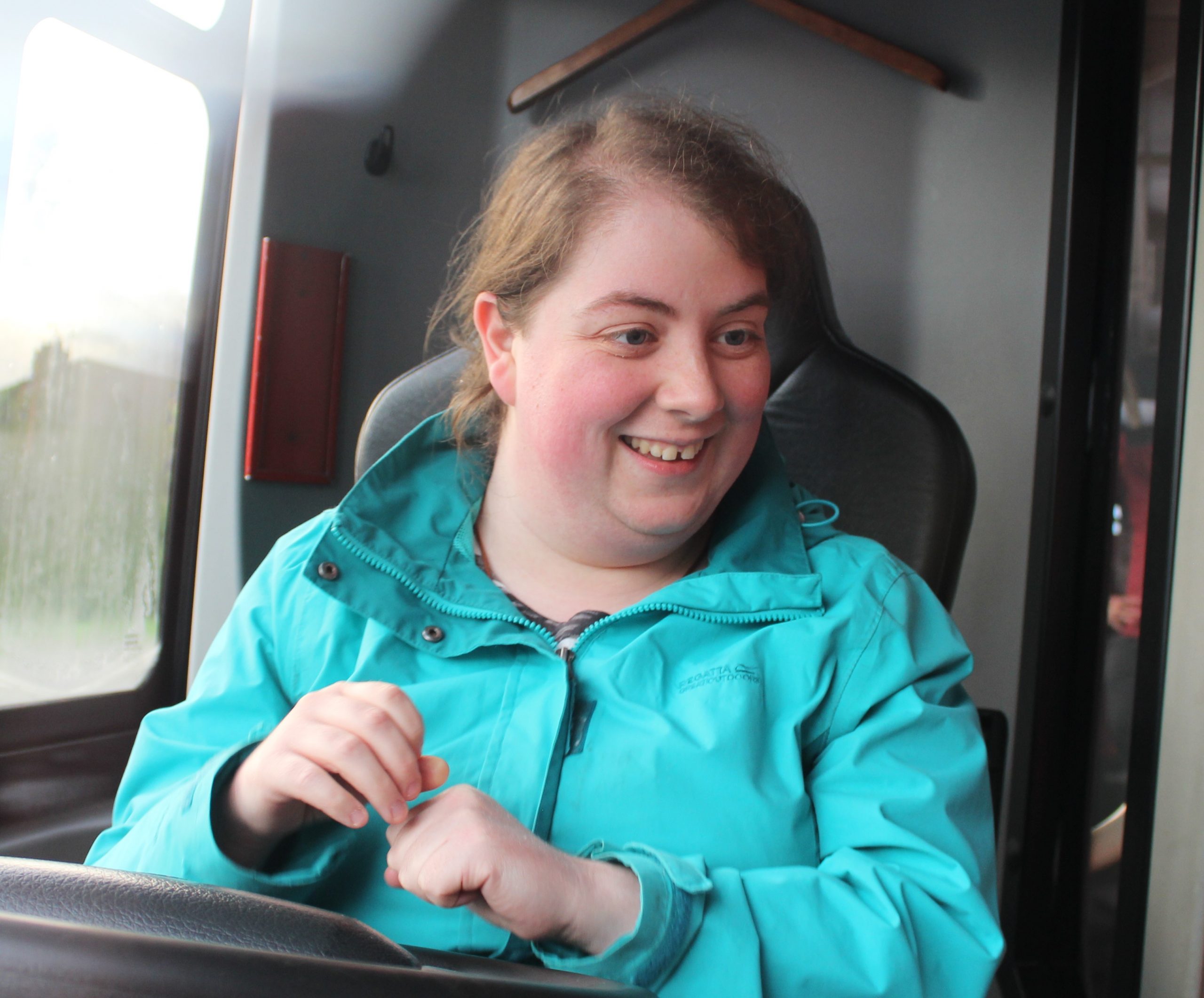RNIB tech conference to discuss challenges faced by visually impaired gamers

RNIB logo – See differently.
Challenges faced by visually impaired video gamers will be explored at an accessible technology conference in Scotland this week.
RNIB Scotland’s Inclusive Design for Sustainability conference aims to promote conversations around ways in which technology can improve the lives of blind and partially sighted people. During the two-day event, which will take place at Glasgow Science Centre on Wednesday and Thursday, students from Abertay University will give presentations on integrating accessibility features in video games.
Dr Robin Sloan, a senior lecturer in game design at Abertay, will give a speech following a collaboration with RNIB looking at the challenges of inclusive play experiences for blind and partially sighted gamers. There will also be opportunities for attendees to play video games while simulating blindness with special glasses to help increase understanding of the issues faced by those with sight loss.
It comes amid calls for the industry to include accessibility features for blind and partially sighted people, with RNIB previously launching a Design for Every Gamer initiative. The charity wants technology companies to consider the needs of those with vision loss at the design stage and incorporate features that make games easier to use. It has produced a video (opens YouTube) demonstrating some of the challenges faced by visually impaired gamers. For example, players with some residual vision could benefit from features including larger text sizes and high contrast modes that allow characters and other important interactable objects to stand out. Features that could help those with no usable vision include menu and user interface narration which is spoken out loud, audio cues, and navigational assists.
The conference will bring together global tech giants including Google, Samsung, Sony, and Virgin Media/O2 with inclusion specialists, academics and policymakers to discuss ways to make technology more accessible and assistive.
As well as video gaming, there will be sessions on sustainability, mental health, connectivity, navigation, and intersectionality. There will also be a ‘marketplace’ where companies will exhibit and give live demonstrations of their latest assistive technology designs and developments.
Keynote speakers will include Christopher Patnoe, Google’s head of accessibility and disability inclusion, Axel Lebolis, from the global G3ict UN initiative, and Diana Stentoft, Secretary General of the World Blind Union.
Around 183,000 in Scotland currently live with a significant degree of sight loss, and over 2 million across the UK. But an ageing population, and rocketing rates of sight-threatening health conditions like diabetes, means this could double in the coming decades. Everyday, 250 people start to lose their sight in the UK – equivalent to one person every six minutes.

Sonali wearing a brown top and silver necklace.
Sonali Rai, broadcast and audio description manager at RNIB“It is our firm belief that everyone should have the right to game, regardless of their visual impairment. A study conducted by RNIB, in partnership with i2 Media Research (Goldsmiths, University of London) and Moray House School of Education and Sport (University of Edinburgh), revealed that over 70 per cent of game developers expressed a desire for sharing accessibility knowledge and technology, along with better resources on accessibility best practices. However, only 15 per cent of developers reported having a sufficient understanding of the needs of gamers with sight loss. For that reason, RNIB has launched the Design for Every Gamer initiative which is aimed at creating a better gaming world for individuals with sight loss and driving real change within the industry. Through a range of studies, activations, and partnerships, RNIB is working towards a more inclusive future for gaming. The Inclusive Design and Sustainability Conference will put this work under the spotlight and drive further commitment from a range of stakeholders."

Kellie smiling, wearing a turquoise jacket.
Kellie Dingwall, a visually impaired gamer“I’ve been legally blind since I was born but I still enjoy gaming – I still remember arguing with my sister over our old PS2 controller. The problem is that a lot of games, especially those played online, aren’t suitable for me because they just aren’t accessible. This includes things like user interfaces which I can’t see, text, or in-game items being too small or having little contrast with no option to adjust them. Currently, I’m able to play a few games online with friends but there’s always room for improvement, especially when you consider the advancements in tech in the gaming and accessibility spheres over the last few years. It can often feel like many game developers don’t know about or consider including accessibility features when designing games. This is possibly because they haven’t met visually impaired people who enjoy gaming. This conference is a great opportunity for people with vision impairments like me to share our experience of playing video games with the people who will design future games.”

Robin smiling, is outdoors with grassy area and buildings in the background.
Dr Robin Sloan, a senior lecturer in game design and culture at Abertay University’s School of Design and Informatics“We at Abertay University are delighted to be participating in the conference to discuss the challenges players with sight loss have when trying to engage with games. We strongly believe that games should be for everyone to enjoy, and yet we are all too aware of the inherent focus on visuals within games. When we discuss computer graphics, we might have a tendency to think of this as a purely aesthetic element of games, but in reality, so much of the information that players need access to is communicated through visuals. The conference is helping us to continue the essential conversations around inclusion in games. By bringing along some of our talented game design students to take part in the conference, I hope we will be instilling good practice into the games being developed in the near future.”
Ends
Join our mailing list
If you would like to receive regular news and updates about our work, then you can sign up to our mailing list.
